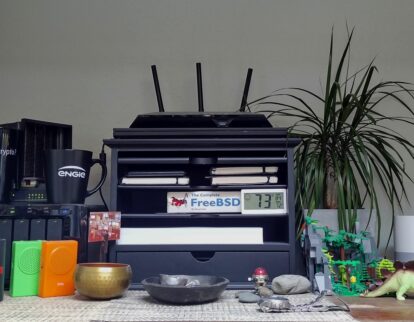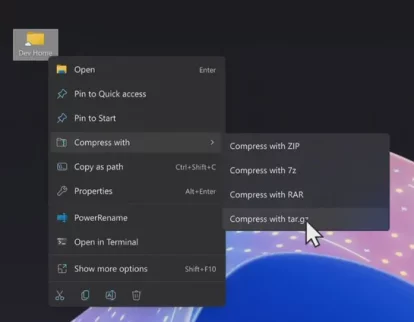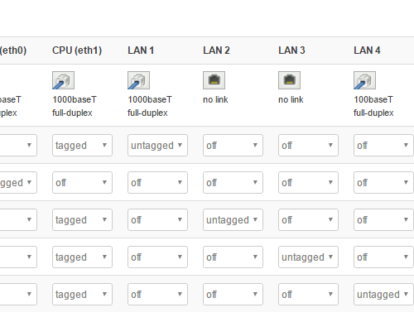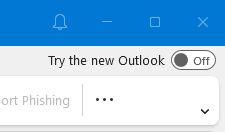Homelab Maintenance
I work out of my home office full-time. I spend a lot of time here, and so I’m used to the way things look – and sound. I was on a video call this week when something felt off. I took off my headphones and heard it. clunk. clunk. One of the drives in my […]
Proxmox VE 8.2 released!
With all of the changes at Broadcom affecting smaller customers, it’s great to see Proxmox adding the ability to migrate directly from VMWare. While VMWare is a best-of-breed hypervisor, many customers use a fraction of VMWare features – and tools like Proxmox VE can provide an effective hypervisor with commercial support and a great feature […]
List of new and missing features in the “New” Outlook
I found a good list of of new and missing features in the “New” Outlook; I’ve been swapping back and forth between the two at work and have been concerned about the features and workflows that have been part of Outlook from the beginning are being dropped. One example is Microsoft ToDo replacing the Tasks […]
Windows 11 to support RAR, tar, gz and other compression formats
Windows support for compression standards like RAR, tar and gz has been lacking. RAR, for example, was released in 1993, for example, while we ran Windows 3.1 with Lotus 1-2-3 and WordPerfect for Windows. Buried in a blog post by Windows chief Panos Panay discussing AI and cloud-based improvements to Windows in a blog post […]
Implementing VLANs in OpenWRT: Enhancing Network Security and Efficiency
OpenWRT is a powerful open-source firmware replacement for many home “appliance” routers that gives you enterprise router features out of home network appliances. One key feature it offers is the ability to implement Virtual LANs (VLANs), which allow you to segment your network into distinct virtual networks. I will guide you through the process of […]
WRT54G to WRT1900ACS: Empowering Networks with OpenWRT
What’s a WRT1900ACS? The WRT1900ACS is a capable router from several years ago that are dirt cheap on the used market and have a ton of features that I like. With an alternative OS like OpenWRT or DD-WRT, you unlock new features that compare to a proper router. I started running home networks on a […]
A great tiny homelab server – with multiple expansion options!
I’ve been looking for low-power, small footprint homelab servers; servethehome.com’s YouTube channel has a great comparison of “tinyminimicro” servers – ultra-small form factor (USFF) desktops that make great mini servers. I’ve run into problems with USFF servers only supporting 16GB of memory – it’s why I paid less for a desktop form factor server that […]
Outlook opens emails next to weblinks in Microsoft Edge
I noticed this support article; first, Microsoft put up ads in the Start Menu, then offer to change your default browser. If you run Microsoft Edge as your default and change the browser, you get a “Are you sure” prompt you don’t get with any other browser. Now, for your convenience, Outlook defaults to Edge. […]
Microsoft 365, Outlook and Tasks
Microsoft is changing the interface of Outlook in a way that will affect people who follow David Allen’s Getting Things Done system, or people who rely heavily on tracking tasks in Outlook. Getting Things Done is a system that lets you capture information and tasks, take action by completing quick tasks, capturing the next actions […]
Upgrading to Proxmox VE 8
I’ve used Proxmox for two years in a homelab that serves as a sandbox for work projects, a testbed Active Directory network, and running home automation tools. It combines the familiarity of F/OSS tools like Debian Linux, QEMU, and KVM, with a graphical interface that makes managing virtual servers easy – with a community supported, free […]









